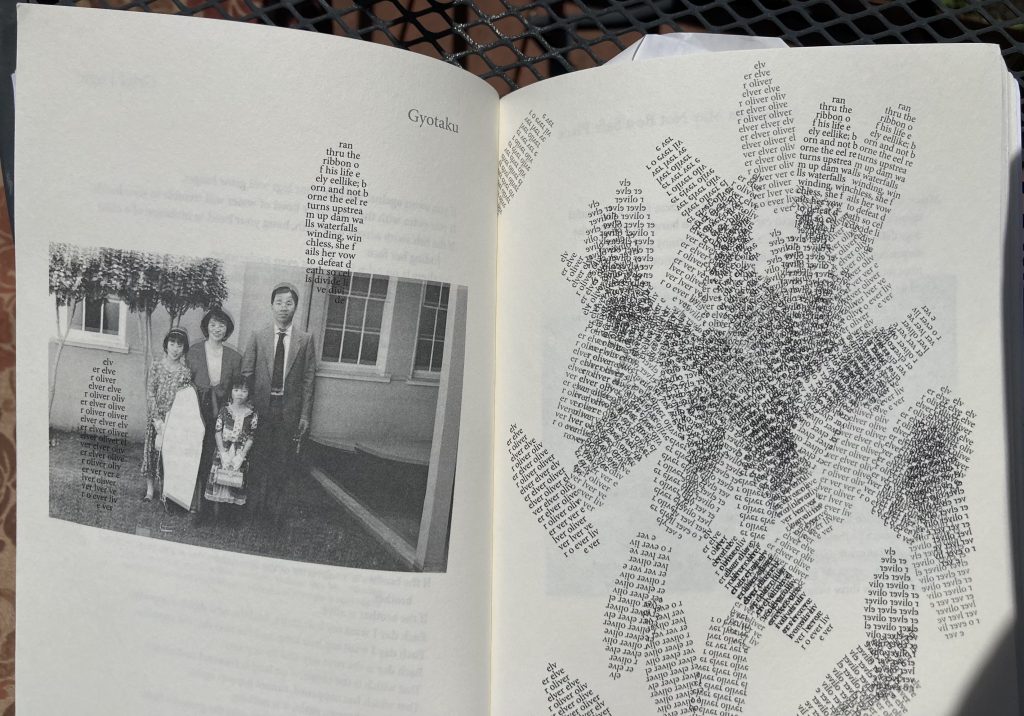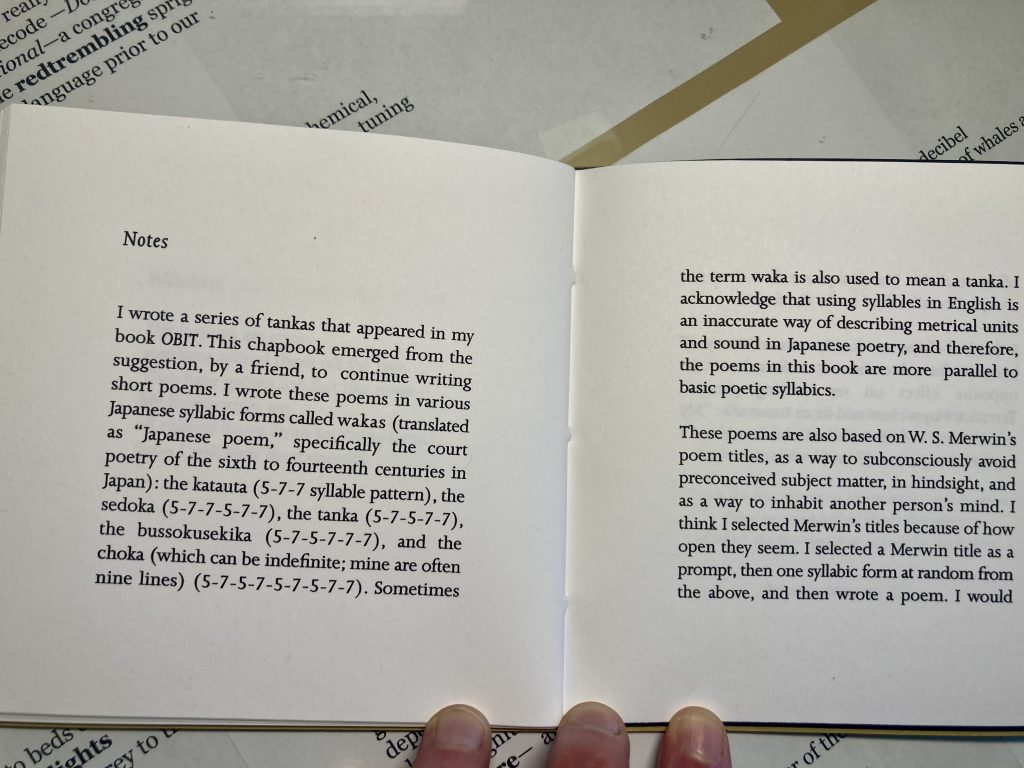4.5 miles
bottom franklin hill and back
65 degrees
Windy but sunny. Ran faster than I should have and it wiped me out. Made it to the bottom of the hill — I had to bargain with my shadow to keep going — then paused to notice the river. It was moving a little, some white foam, the water a mix of brown and purple and blue. No rowers or birds or paddle boats.
Listened to the wind shaking the leaves and some cheering somewhere running north. Put in “Billie Eilish Essentials” on the way back south. Picked up the pace for the third mile, especially when “Bad Guy” came on.
Greeted Dave the Daily Walker —
Good morning Dave!
Hi Sara, how are you?
I’m great! How are you?
I’m good, thanks for asking!
I don’t know how many times we have had this almost exact exchange over the years, but it’s a lot. As I’ve written before, these words aren’t empty but part of the ritual of being outside, moving, noticing, and connecting.
I was distracted today — worrying about why I feel so strange — not dizzy but light-headed?, with a tight left leg. I talk to the doctor tomorrow. I think it’s the latest intense version of anxiety triggered by hormones and unusual (for me) aches and pains. Thanks, perimenopause! In this distracted, uncomfortable state, can I remember 10 things I noticed?
10 Things
- a tall stack of stones on the ancient boulder
- greenish white fuzz on the edge of the trail
- clicking and clacking of a roller skier’s poles
- an e-bike zooming up the franklin hill
- a group of school kids speaking spanish in the tunnel of trees
- a minneapolis road crew tarring more craters on the path — the tar smelled sharp
- the solid, wide forms of the bridge columns at the bottom of the franklin hill
- graffiti: the outline of a shape I can’t recall in black
- a runner in orange shorts doing hill repeats on the franklin hill
- another runner powering up the hill. I watched their steady rhythm and beautiful broad shoulders run out of sight
I did it!
silhouette and concrete poetry
Nearing the end of my shadow month, I’m still thinking about silhouettes. Today, the silhouette of a poem and how poets make their words into a recognizable shape. The most obvious version of this shaping words into form is the concrete poem.
one
I suppose you could call my mood rings concrete poetry. Some of the words are the shape of my blind spot, some the shape of my total central vision, and some the shape of what’s missing:

two
Reading more of Ted Kooser’s The Poetry Home Repair Manual, I came across a mention of concrete poetry. He doesn’t like it:
Each of us must make a thousand choices in every poem. Nobody is going to take away your poetic license for playing with typography or punctuation or spelling. It can be lots of fun to write a poem about a flying seagull in the shape of a flying seagull, but you need to understand that that bird shape will interfere to some degree with the ability of the reader to pass through the surface of the poem behind that clever silhouette.
A shaped poem with a serious message will never be taken as seriously as the same poem without the trick of shape. A lovely elegy to your dead mother is not likely to be quite as moving as it might have been if you’d not shape the typography to look like a coffin.
The Poetry Repair Manual/ Ted Kooser
A page earlier, referring to other distracting techniques, like of haphazard line breaks and ampersands, Kooser writes:
In business, executives make cost-benefit analyses. I used this term earlier. They never want the cost to exceed the benefit. Every choice you make in a poem, thinking to make it better, can also have a corresponding cost. If you want to make a line look shorter by using an ampersand or an abbreviation of a word, you face the cost of drawing the reader’s attention back to the surface while he or she wonders why you decided to use Sgn for surgeon.
The Poetry Repair Manual/ Ted Kooser
I’d prefer to steer clear of the economic metaphors, but I agree with the idea of giving care and attention to the choices you make and their consequences.
three
On this day in 2017, I wrote about Linda Pastan’s poem Vertical, which I love and have since memorized. Near the end of the entry, I mention how the shape of the poem fits with the title and topic:
Pastan’s poem is vertical in form. [the words are] Long and lean, stretching upwards.
log entry from 30 may 2017
four
This month, partly inspired by an ongoing discussion of silhouettes, I’ve been revisiting Diana Khoi Nguyen’s brilliant book Ghost of. The visual poetry in it is strange and stunning and not a gimmick. Her poem, “Triptych,” was an inspiration for my mood rings. Here’s a video of her reading it — WOW!
Ghost of is not all visual poems, there are other forms too, but the ones in which she writes within and around the space of her brother’s silhouette are amazing. In the following poem, instead of a triptych, she uses gyotaku:

And here’s what Nguyen says about these gyotaku poems:
Several poems in Ghost Of are titled “Gyotaku.” You’re referencing this traditional method of printing from fish because you’re “printing” from the absent body of your brother?
Essentially, there’s the absent body which I fill in with text, so the absence is rendered into a visual text. Gyotaku is a practice using dead fish to create an impression of what had been captured, an old practice before photography existed. It still goes on today. I liked the idea that gyotaku creates just the impression. You can’t capture the whole of the fish, just wherever the ink or the paint was able to touch the body, the scales, and you get an idea of the thing. Thinking about the act of writing and printing—bookmaking is also inked fabric—it makes sense to also begin to claim, to manipulate, to capture this image-text in a visual way.
source: Diana Kyoi Nguyen, To Cut Out
Open water swimming is having a moment
Okay, open water swimming. First the awesome, Nyad, and now this:


